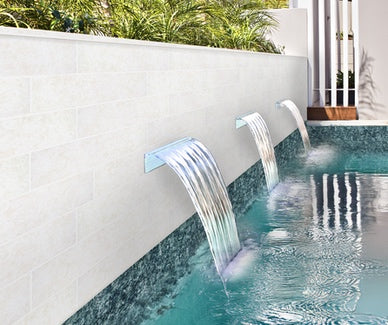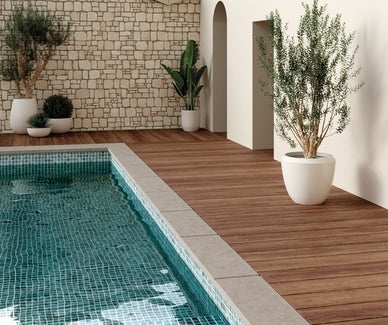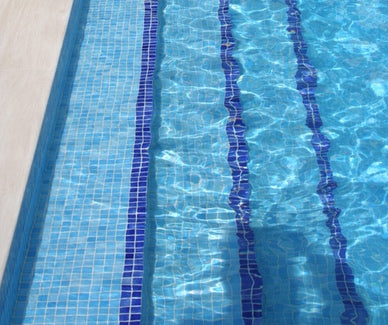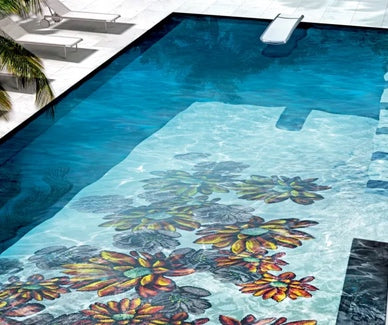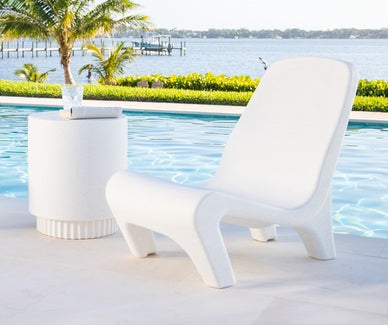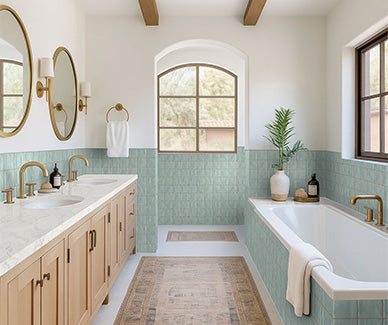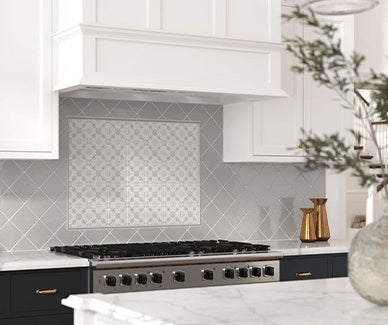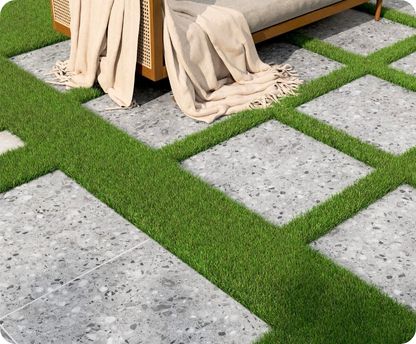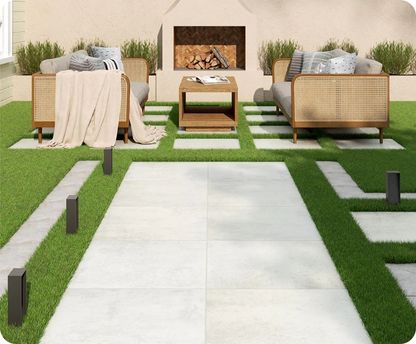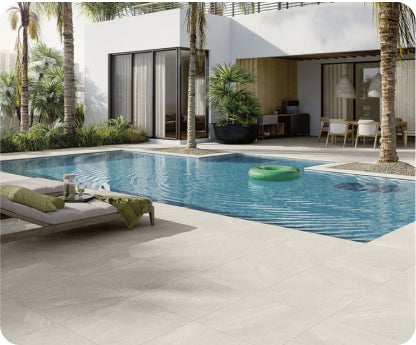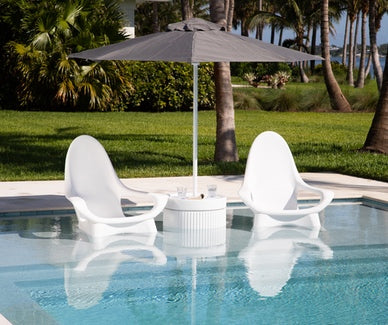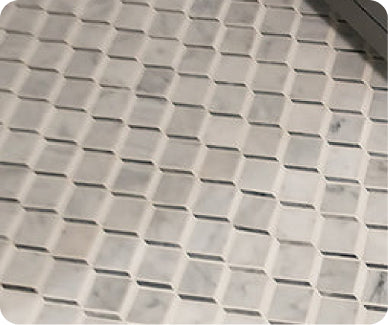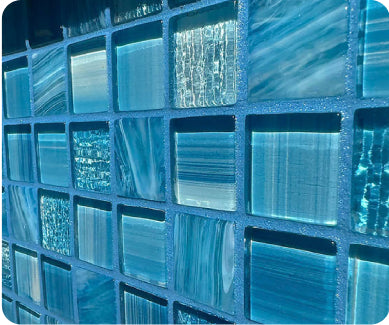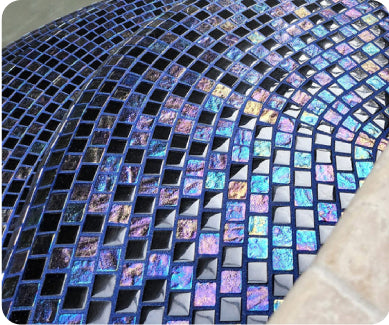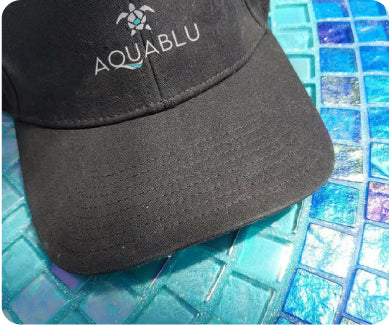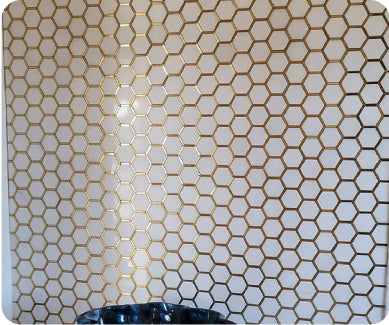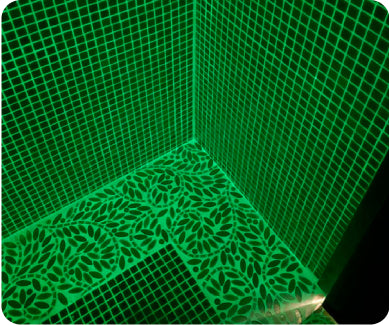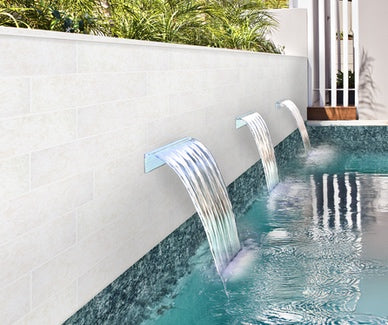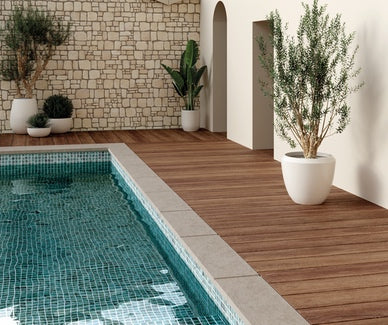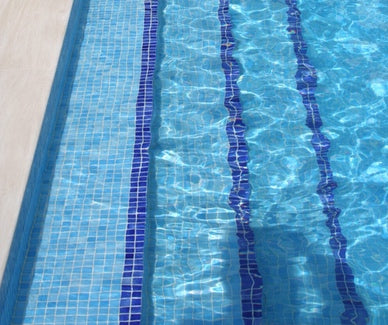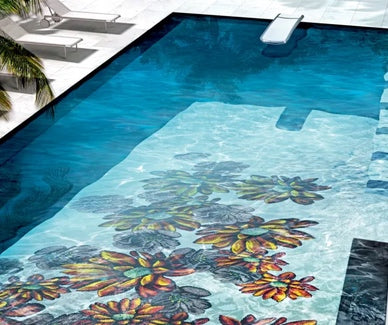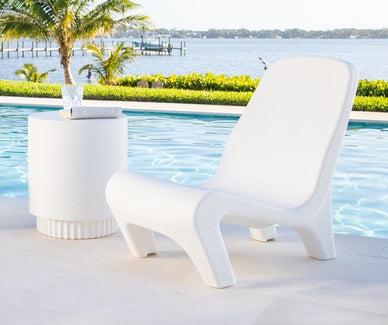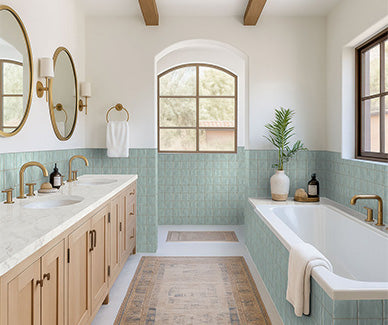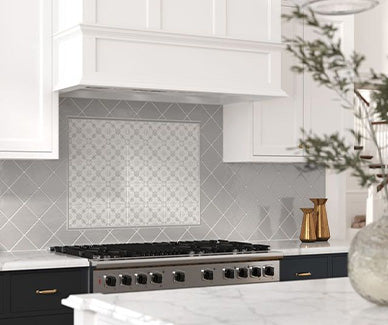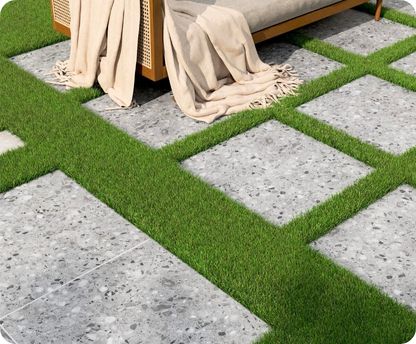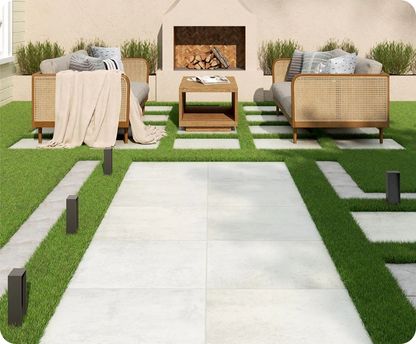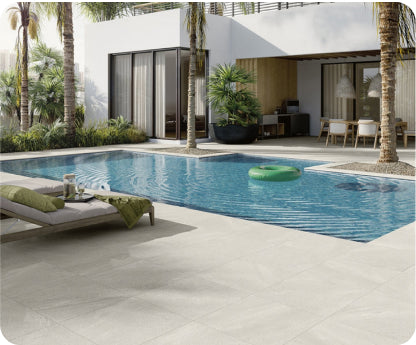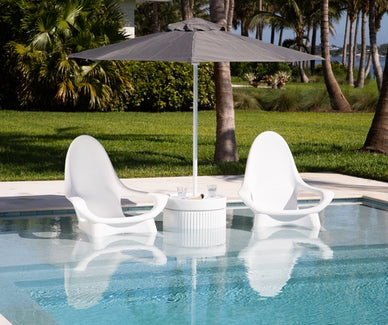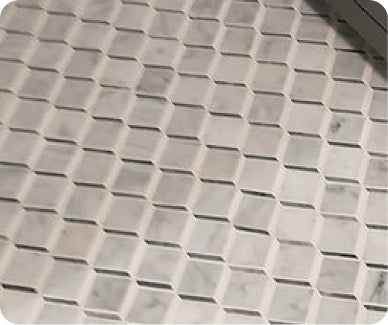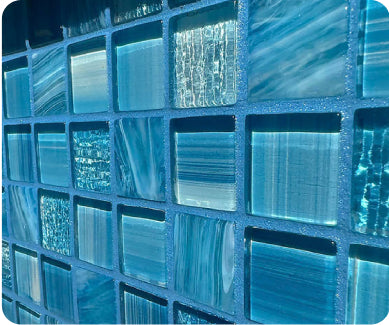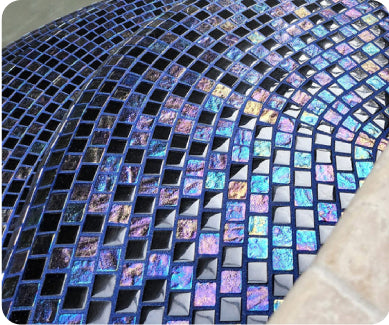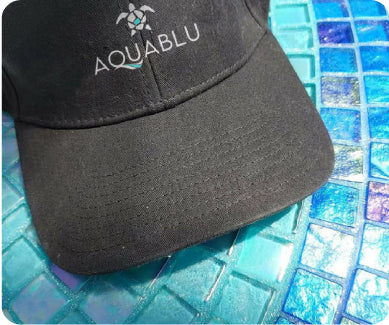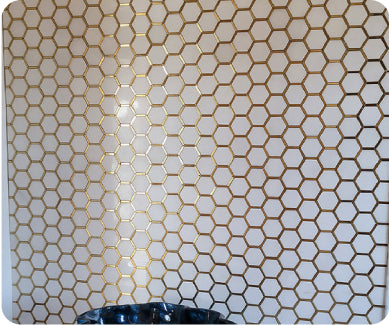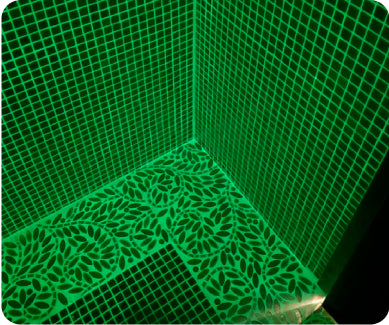Maintaining Your Pool Tiles: Tips to Prevent Cracking and Discoloration
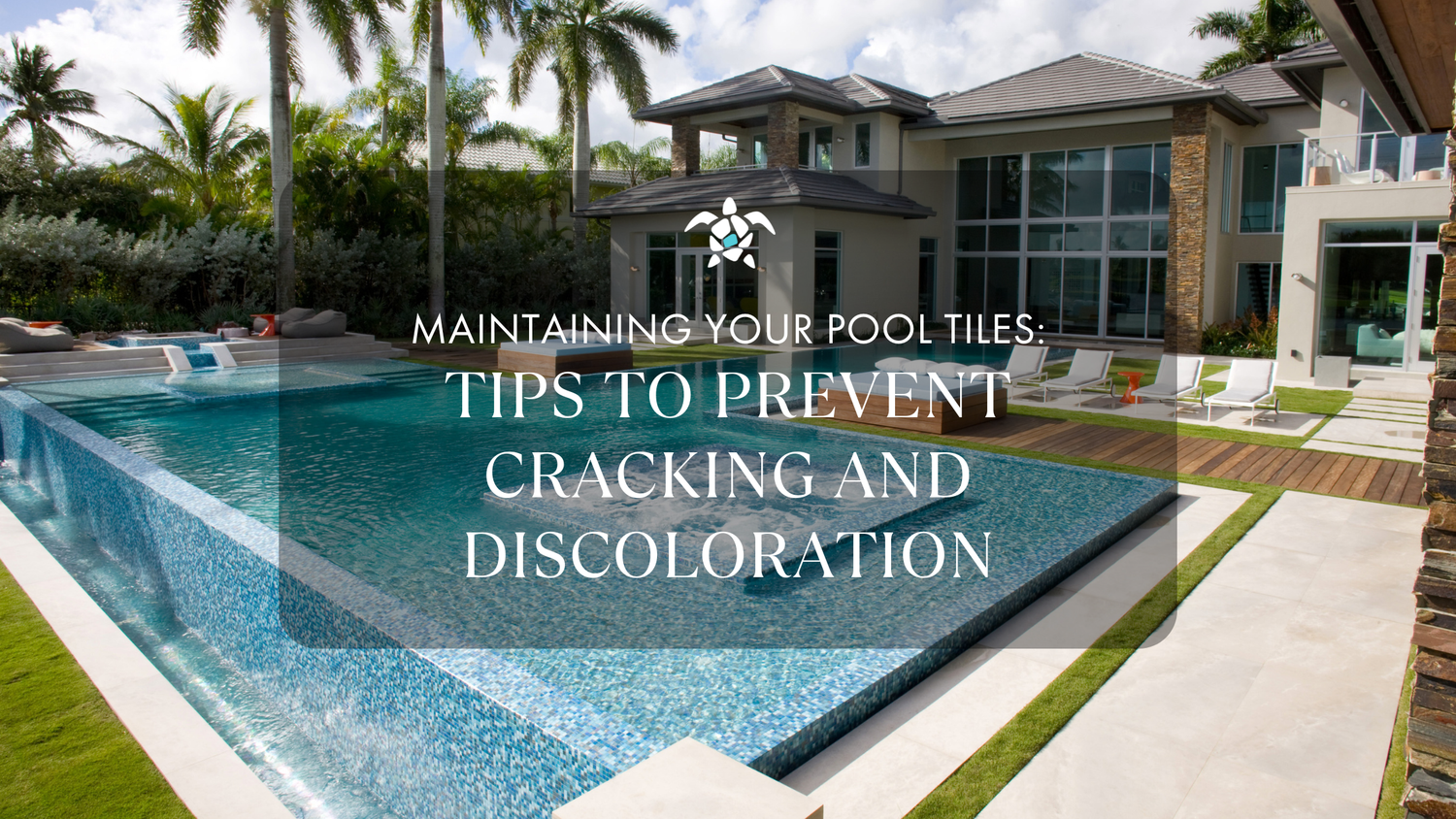
The sparkling pool tile in your swimming pool is a huge part of its visual appeal, but what happens when it starts to crack or discolor? Beyond aesthetics, your pool tiles serve as a protective barrier for the pool's shell. Proper maintenance is key to keeping your pool looking its best and functioning properly for years to come. Here are some essential tips to prevent your beautiful pool tiles from cracking and discoloration.
Preventing Cracks in Your Pool Tiles
Cracked pool tiles are not just unsightly; they can also lead to more significant problems like leaks and structural damage. Here’s a more in-depth look at how to prevent them:
- The Critical Role of Proper Installation: The longevity of your pool tile starts with a professional installation. A rushed or subpar installation can lead to a host of problems down the road. The process should begin with meticulous waterproofing of the pool shell to prevent water from seeping behind the tiles. The surface must be clean, dry, and perfectly level before any tile is laid. Using high-quality, epoxy-based adhesives and grout is highly recommended. These materials offer superior strength, flexibility, and water resistance compared to traditional cement-based products, which can become brittle over time. Epoxy-based products will create an additional layer of waterproofing and are better able to withstand the constant exposure to pool chemicals and temperature fluctuations.
- Grout: The Unsung Hero: Grout is more than just a space-filler; it's a crucial component that protects your tiles from chipping and cracking by providing a buffer between them. Epoxy-based grout is the gold standard for pools as it's non-porous, water-repellent, and highly resistant to stains, chemicals, and UV rays. If your pool has older, cement-based grout, it's essential to inspect it regularly for signs of cracking or deterioration. It's also a good idea to apply a silicone sealer at least twice a year for maximum protection against water penetration and staining.
- Winning the Winter War: If you live in a climate with freezing temperatures, winterizing your pool is a non-negotiable part of your maintenance routine. Water expands by about 9% when it freezes, and this expansion can exert immense pressure on your pool tiles, causing them to crack or pop off. To prevent this, lower the water level to below the skimmer line, blow out all the plumbing lines to remove any residual water, and add a specially formulated pool antifreeze. This will protect your investment through the harsh winter months.
- Vigilance is Key: Regular Inspections and Quick Repairs: Make it a habit to inspect your pool tiles regularly, at least once a month. Pay close attention to the grout lines and the tiles themselves. If you spot any small cracks, chips, or areas of deteriorating grout, it's important to repair them as soon as possible. A small crack can allow water to seep behind the tile, which can lead to more extensive damage over time. There are many DIY-friendly pool tile repair kits available, or you can call a professional for a seamless repair.
Preventing Discoloration of Your Pool Tiles
Discolored pool tiles can make your entire pool look dingy and uninviting. In most cases, the discoloration is not the tile itself changing color, but rather a buildup of minerals, algae, or other contaminants on the tile's surface. Here’s how to prevent it:
- The Science of a Stunning Pool: Maintaining Balanced Water Chemistry: This is the most important step in preventing discoloration. Unbalanced water with high or low pH, alkalinity, or calcium hardness can lead to a cascade of problems, including mineral deposits and staining. Test your pool water at least once a week and keep the levels within the ideal ranges:
- pH: 7.2 – 7.8 (This measures how acidic or basic your water is. If the pH is too high, it can lead to calcium scaling.)
- Total Alkalinity: 80 – 120 ppm (This acts as a buffer for the pH, preventing wild swings.)
- Calcium Hardness: 200 – 400 ppm (This measures the amount of dissolved calcium in the water. If the level is too high, you'll get cloudy water and scaling on your tiles.)
- A Clean Pool is a Happy Pool: Regular Cleaning is a Must: Regularly brushing your pool walls and waterline with a soft-bristled brush will prevent the buildup of algae, dirt, and calcium deposits. For more stubborn stains, you can use a solution of vinegar and water or a specialized pool tile cleaner. It is important to avoid abrasive cleaners that can scratch the tile surface, especially with glass or porcelain tiles.
- Conquering the "Bathtub Ring": Tackle the Waterline: The waterline is prone to a "ring" of buildup from oils, sunscreens, and other contaminants. This can be a breeding ground for bacteria and is often the first place you'll notice discoloration. Clean this area regularly with a non-abrasive tile cleaner to prevent unsightly stains from forming.
- The Underappreciated Pool Cover: Using a pool cover does more than just keep debris out and maintain water temperature. It also significantly minimizes water evaporation. This is crucial because as water evaporates, the concentration of minerals like calcium in the remaining water increases, which can lead to scaling on your tiles. A pool cover is a simple yet highly effective tool in your tile maintenance arsenal.
- The Power of Protection: Sealing Your Tiles: For natural stone tiles like travertine or slate, periodic sealing by a professional is recommended to protect them from staining and discoloration. A good quality sealant will create a protective barrier on the surface of the tile, preventing water and contaminants from penetrating the stone.
By following these maintenance tips, you can ensure that your pool tiles remain a beautiful and functional part of your backyard oasis for many years to come. For more information on choosing the right pool tiles for your home, be sure to visit our main Pool Tile page.

